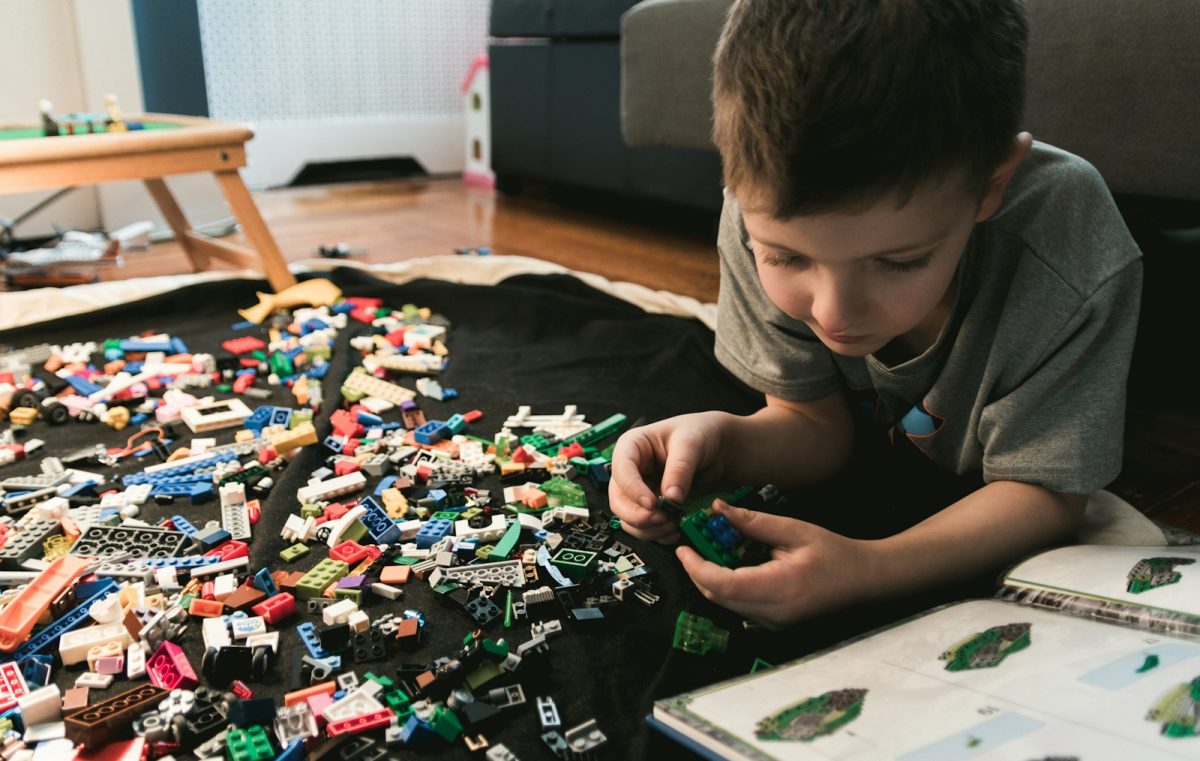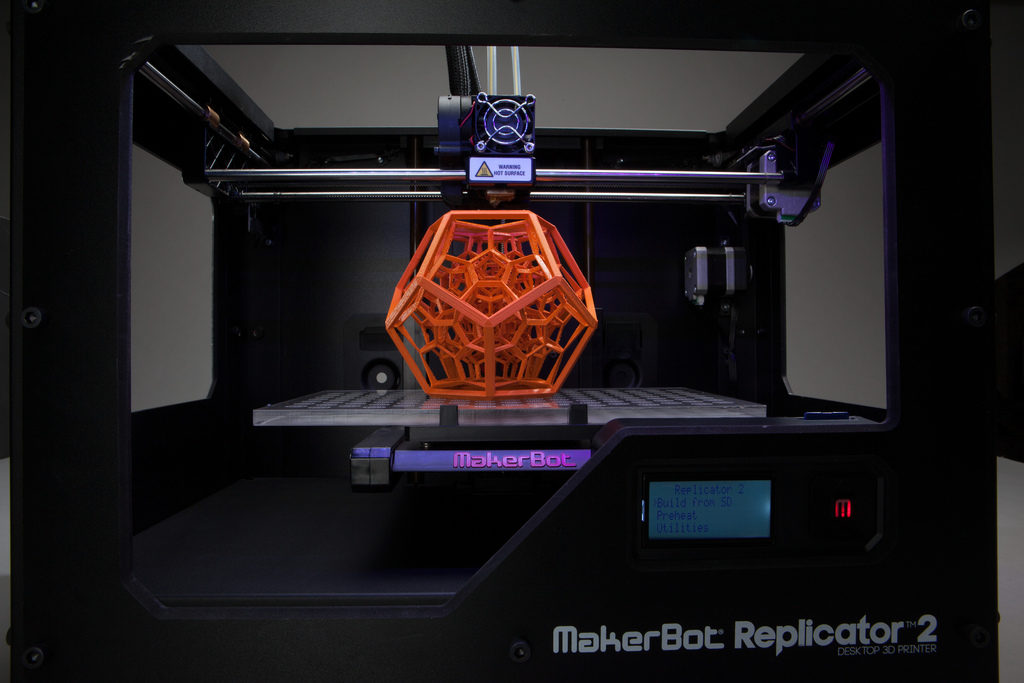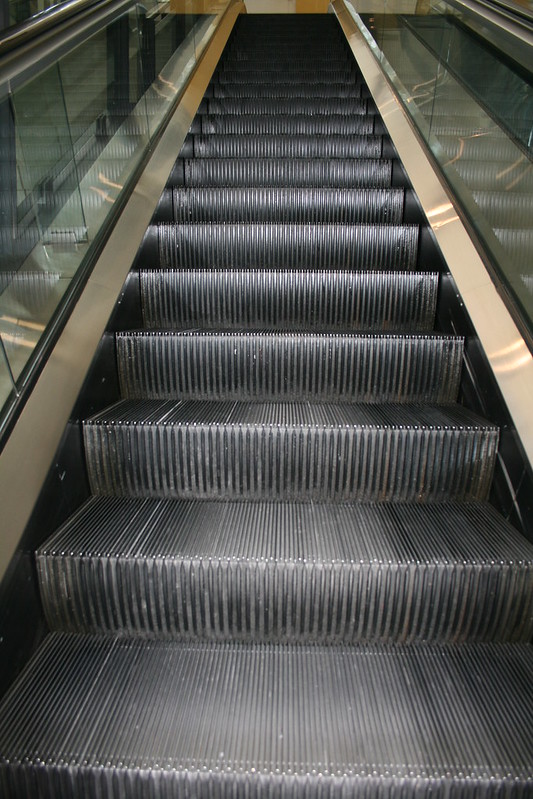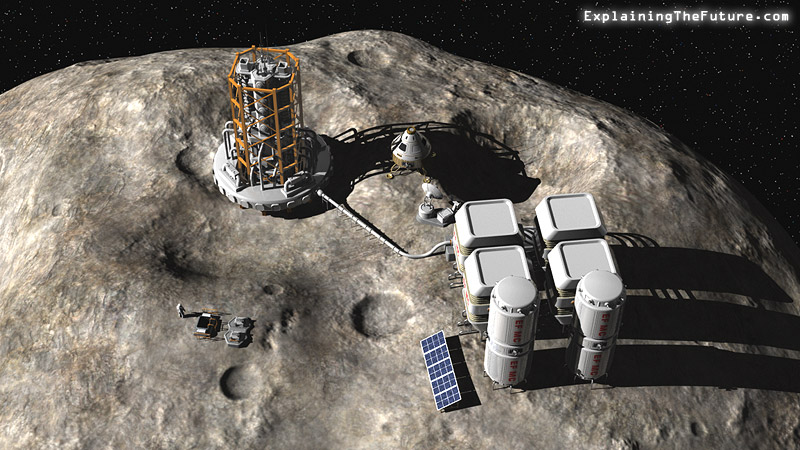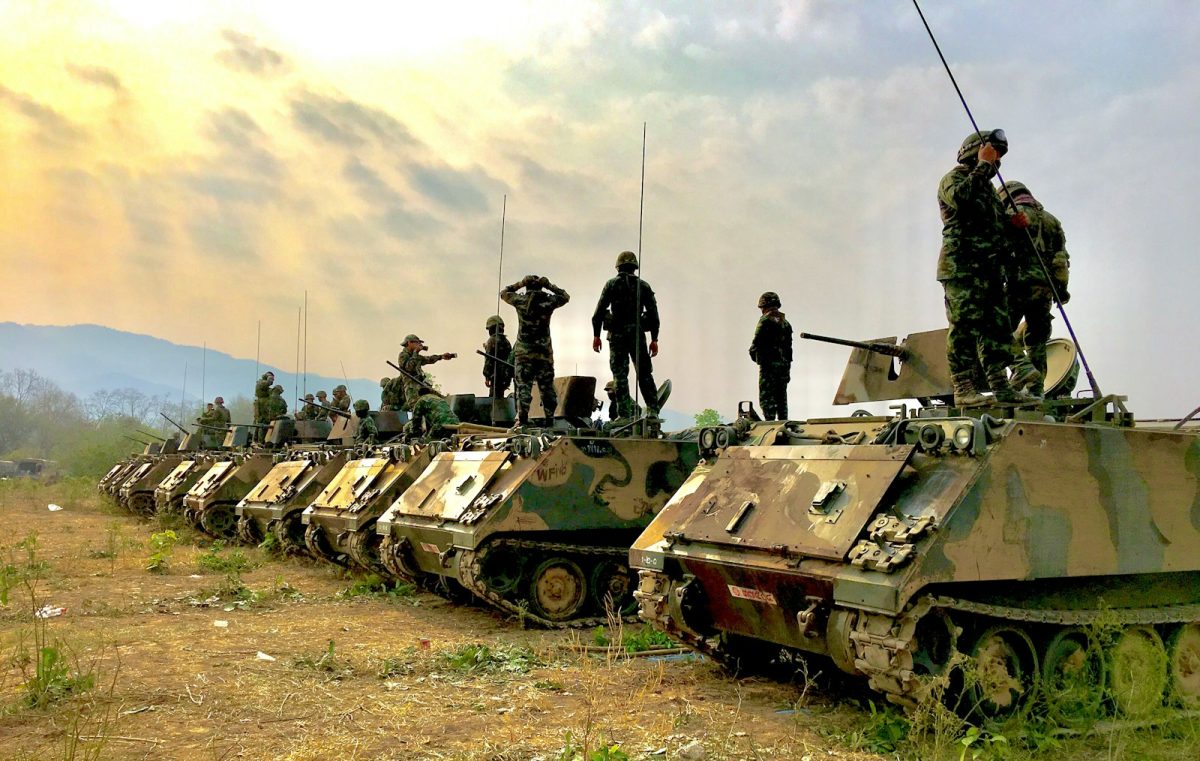Five fun facts about Lego :
- The LEGO name is derived from the first two letters of the Danish word LEG GODT, which means “play well.”
- In 1949, the first Lego was invented.
- Lego makes around 5 million every hour.
- Lego is one of the largest manufacturers of toys made and used by young kids.
- The versatility of LEGO bricks allows for endless creativity and innovation.
Simple buildings can lead to more incredible things.
Building simple things can lead to bigger and more significant projects. Starting with basic structures helps develop the skills and confidence you need to tackle more complex projects in the future. For example, when you start with basic LEGO builds, you set the foundation for more advanced and impressive creations later. It’s also like starting with small puzzle pieces and slowly fitting them into a bigger picture. Each step helps you build your skills and creativity, allowing for more exciting and challenging projects in the future.
How building blocks inspire future architects.
Playing with LEGOs helps kids develop creativity, problem-solving, and spatial awareness. These are critical skills needed for future architects. Building with LEGOs encourages kids at a young age to think about structure, design, and engineering, which can make them interested in working with architecture when growing up in the very future. Also, you can find a lot of other architects whose interest in architecture started when they were building LEGOs as kids.
Creativity and Imagination
Building with LEGOs can be an excellent way for younger kids to develop an interest in future architecture. By playing with these building blocks, they can practice the basics of design and construction, understand how different pieces fit together, and improve their structural and spatial awareness. These experiences enhance their understanding of architectural concepts and help with creativity and problem-solving skills. Starting with simple projects and slowly doing more complex ones can build the confidence and knowledge you need for larger architectural challenges in the future.
Collaboration and Teamwork
Using collaboration and Teamwork with LEGOs as a kid can be fun and educational. When you work with friends or family on a LEGO project, you learn how to share ideas, divide tasks, and help each other solve problems. This teamwork enables you to build more complex structures that you might be able to build on your own. In the future, these skills will be super valuable. In architecture and many other fields, collaborating effectively with others is crucial. You must communicate your ideas clearly, listen to others, and work together to finish the project. So, all those LEGO sessions with friends can set you up for success later.
Related Stories
- https://medium.com/@VaultOfVisions/crafting-dreams-how-childhood-lego-play-inspired-a-generation-of-aspiring-architects-
- https://blog.lpainc.com/bid/26847/Lego-Architect-Series-A-Kid-Architect-s-Dream-Come-True
- https://www.slocumhalldesign.com/blog/how-legos-provides-the-building-blocks-for-architecture/
- https://hub.jhu.edu/2016/03/07/lego-blocks-build-better-thinkers/
- https://springwise.com/lego-style-building-blocks-future-architecture/
Take Action
- https://www.target.com/sl/merrifield/2790
- https://www.target.com/sl/merrifield/2790
- https://doodlehopper.com/
